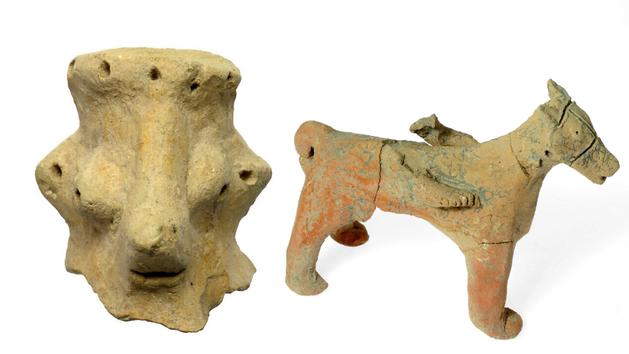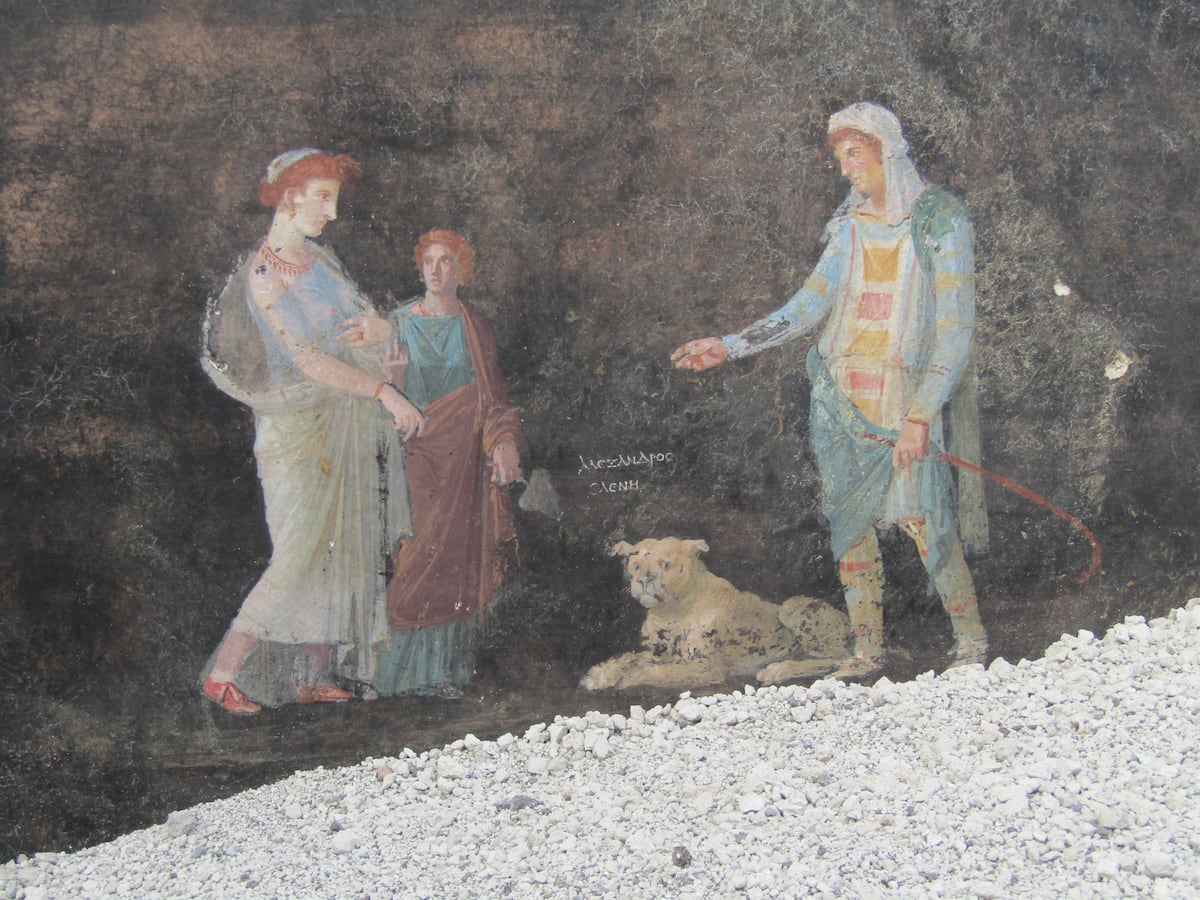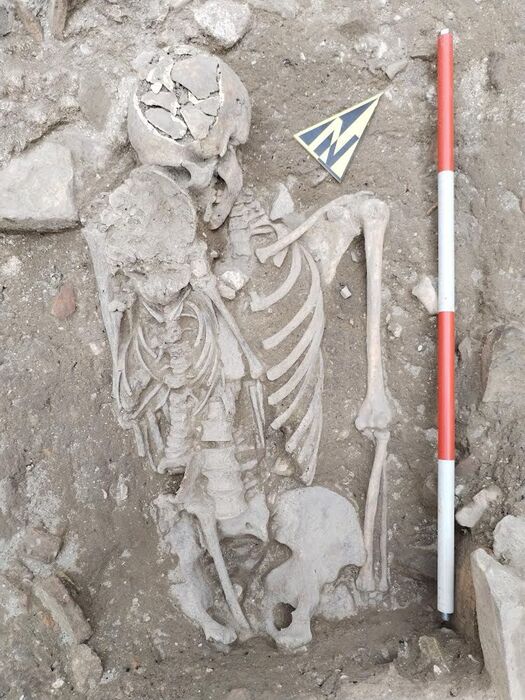Are these clay statuettes discovered in Israel the oldest representation of the face of the monotheistic god? The claim comes from Yosef Garfinkel, archaeologist and professor at Hebrew University. To support his theory, he invokes the fact that these three figurines, some 3,000 years old, were found near statues of horses, in a place of worship. However, in passages of the Bible mention God riding a horse.
Read also: In Jerusalem, an archaeological discovery confirms the statements of the Bible
One of the heads was discovered almost 10 years ago, in Khirbet Qeiyafa, about thirty kilometers from Tel Motza, the place where Shua Kisilevitz and Oded Lipschits discovered the other two figurines this year. They represent a bearded man, whose head with a flattened top is surmounted by a crown. His features are protruding and his ears pierced. In the wake of this discovery, Yosef Garfinkle wondered: are these clay heads part of the same whole? Do they represent a god, and if so, which one?
The figurines studied represent a bearded man, whose head with a flattened top is surmounted by a crown. Clara Amit / Israel Antiquities Authority
The researcher relied on the holy texts. He therefore immersed himself in the book of Habakkuk and the Psalms. In verse 3: 8 of Habakkuk, it is written, “ God, were you against the rivers? Was your anger directed at the currents? Did you curse the sea when you mounted your horses and chariots to victory? "
Some biblical traditions describe Yahweh as riding the sky or the clouds. But other texts present a new development in which he rides a horse
Yosef GarfinkelThe second example he identified is in Psalm 68: 4, where it is written " Sing to God, sing praises in his name, lift up your voice to him who rides the clouds ." “ Some biblical traditions of the time describe Yahweh as riding the sky or the clouds. But other texts present a new development in which he rides a horse, ”says Yosef Garfinkle in an article published on BAS Library .
Of "sensationalism"
Yosef Garfinkel's hypothesis has been rejected by many archaeologists claiming that it was strictly forbidden at that time to represent God. “ Unfortunately, this article is sensationalized to satisfy popular demand and generate financial benefits, ” deplore Shua Kisilevitz and Oded Lipschits. The research team believes that Yosef Garfinkel " presents an unfounded and - at best - risky identification as factual ". They deplore that their colleague " ignores existing research work, including those produced by the main stakeholders, those who discovered the parts ."
Read also: Israel: discovery of the remains of a 1,500-year-old monastery
“ While we cannot rule out the possibility that Motza and Qeiyafa statuettes represent gods, they do not have common attributes with representations already authenticated. Impossible, therefore, to identify them as such ”, continue Shua Kisilevitz and Oded Lipschits.
Moreover, " when gods were depicted on animals, they did not sit on them, but they remained standing, " they conclude. In response to his detractors, Garfinke replies that " like any discovery, some will accept it and others will reject it ".


/cloudfront-eu-central-1.images.arcpublishing.com/prisa/3TOQKX7CUJEMHBMHIA7GJRIXC4.jpg)












